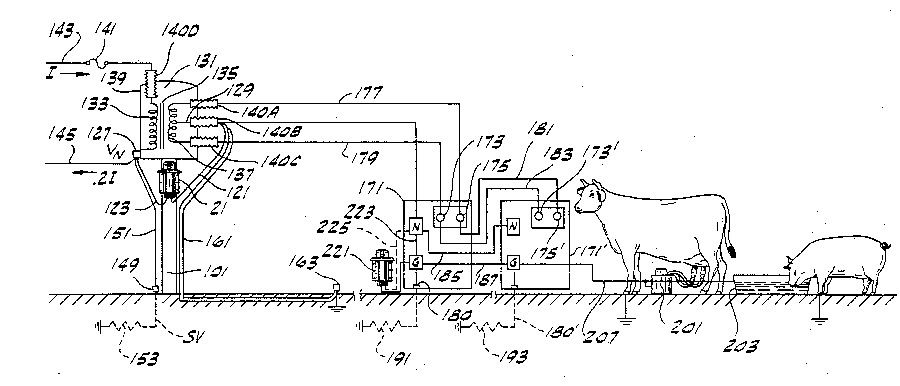mdshunk
Senior Member
- Location
- Right here.
Here's a diagram, from the Ronk Blocker patent that sorta tickles me. Not so often you see electrical diagrams that include cows and hogs.

http://www.google.com/patents/pdf/S...AJ&output=pdf&sig=IkyxnDu9Ajo0viKzOgOvV76jKRU

http://www.google.com/patents/pdf/S...AJ&output=pdf&sig=IkyxnDu9Ajo0viKzOgOvV76jKRU

